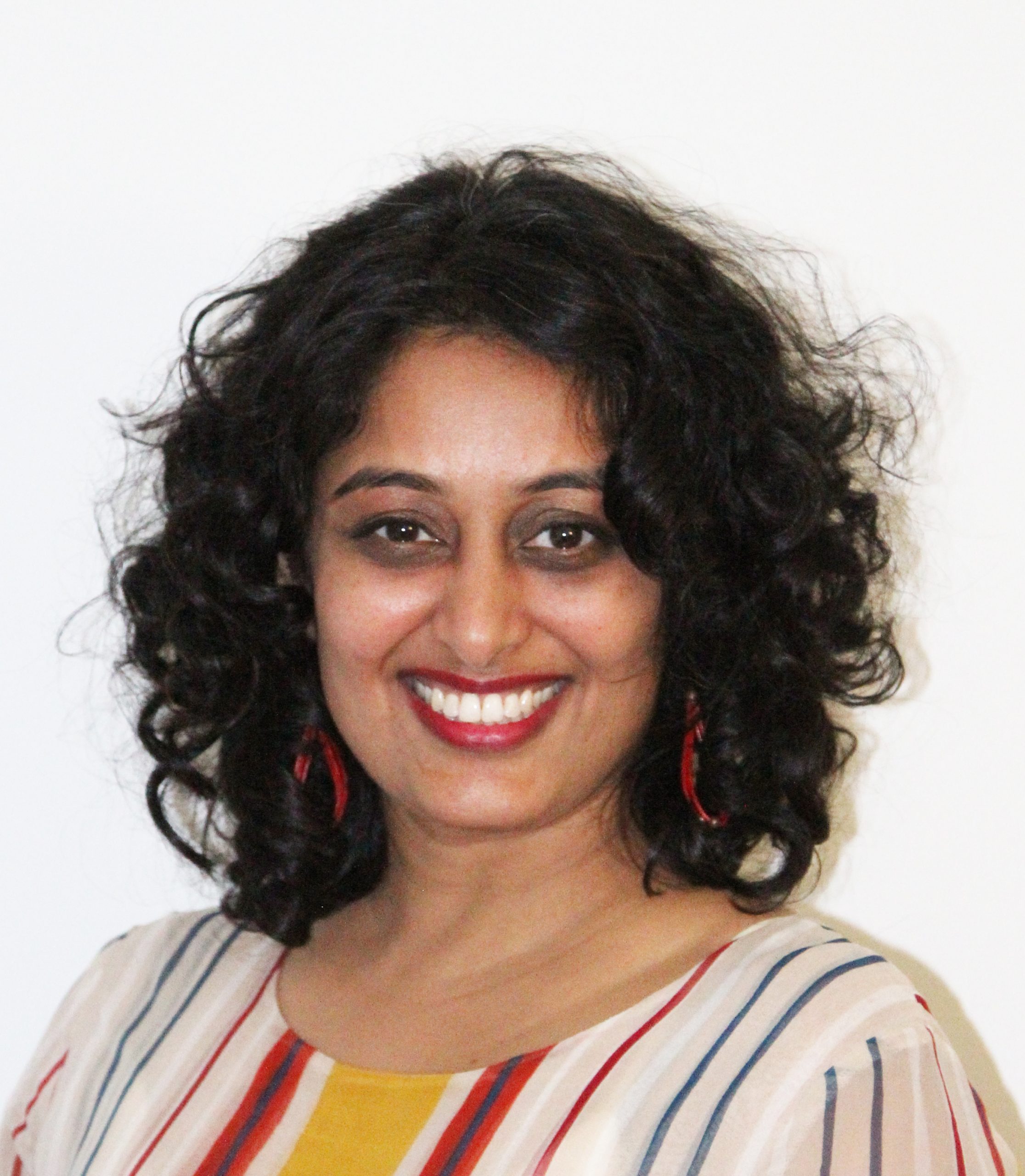
- This event has passed.
SCSB Colloquium Series with Dr. Aakanksha Singhvi: Glial molecular heterogeneity and roles in neural function, aging, and Parkinson’s disease
October 29 | 4:00 pm - 5:00 pm
 Date: Wednesday, October 29, 2025
Date: Wednesday, October 29, 2025
Location: 46-3002 (Singleton Auditorium)
Speaker: Aakanksha Singhvi, Ph.D.
Affiliation: Associate Professor, Basic Sciences Division, Fred Hutch Cancer Research Center
Host: Dr. Steve Flavell
Talk title: Glial molecular heterogeneity and roles in neural function, aging, and Parkinson’s disease
Abstract: Molecular interactions between the two major cell types of the nervous system, glia and neurons, underlie neural development and functions. Compared to neurons, however, molecular understanding of glial functions remains sparse. Beyond fundamental insight into how the nervous system works, this critical knowledge gap is also disease-relevant, given that glial dysfunction is seen in many neurological disorders.
My lab investigates glia biology in vivo at single-cell resolution using C. elegans as a powerful molecular-genetic platform that we helped establish. We previously identified glial factors that modulate neuron properties, uncovered that tricellular epithelia-glia-neuron mechanobiology coupling impacts neural aging, and built the complete molecular atlas of C. elegans glia – which revealed extensive molecular heterogeneity and sex-dimorphism across nervous system glia.
We had also previously discovered that glial engulfment/pruning is a conserved function in C. elegans and found that glia dynamically modulate engulfment based on neuron activity. Engulfment of neuron-fragments is a critical and disease-linked, but molecularly less-defined, glial function. We now report our finding that multiple genes linked to Parkinson’s disease (PD), the fastest growing neurodegenerative disorder, act in glia to regulate glial engulfment downstream of neuron activity. Further, mechanistically these genes act differently in glia compared to their reported neuronal roles, via a pathway conserved in humans. Thus, our findings link glial engulfment to PD; and highlight the importance of evaluating disease-gene functions by (glial) cell-context for complete assessment of their roles in disease etiology.
